The Ulric Walmsley CatalogueIntroduction
WELCOME to the new online Ulric Walmsley Catalogue for members of the Walmsley
Society, containing an extensive selection of pictures owned by members and
other followers of the Society. As well as showcasing some of Ulric's wonderful
artistic output, the Catalogue will hopefully promote study of his large and
varied output in a career of over half a century.
New images will be added as and when they are submitted. If you have not yet contributed, please use the catalogue form. We need your permission to include your painting(s) on these pages. If we have not yet managed to contact you regarding this, please do get in touch via the contact page. To view an enlargement in a new pop-up window, click on the image. The People's Artist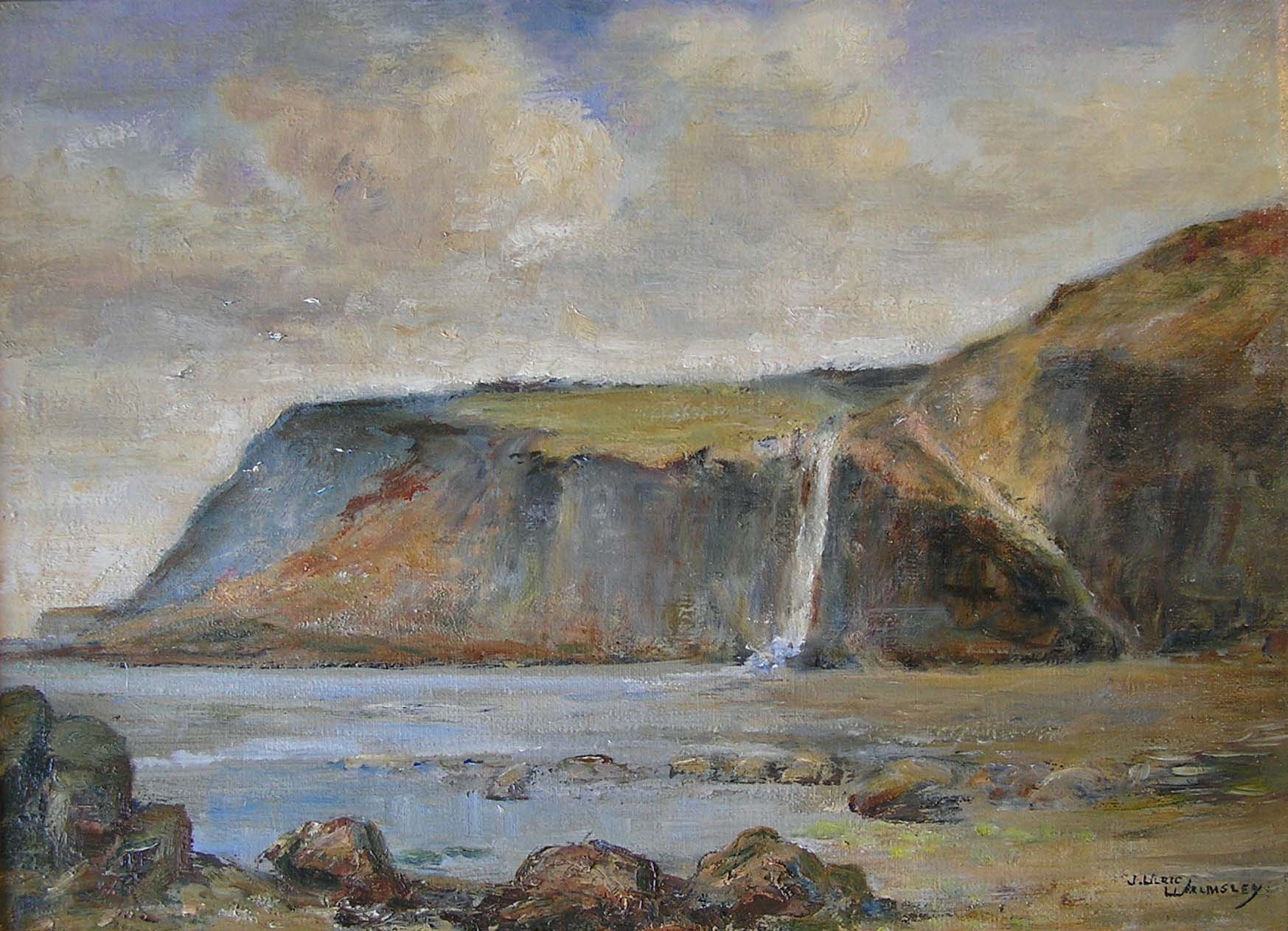
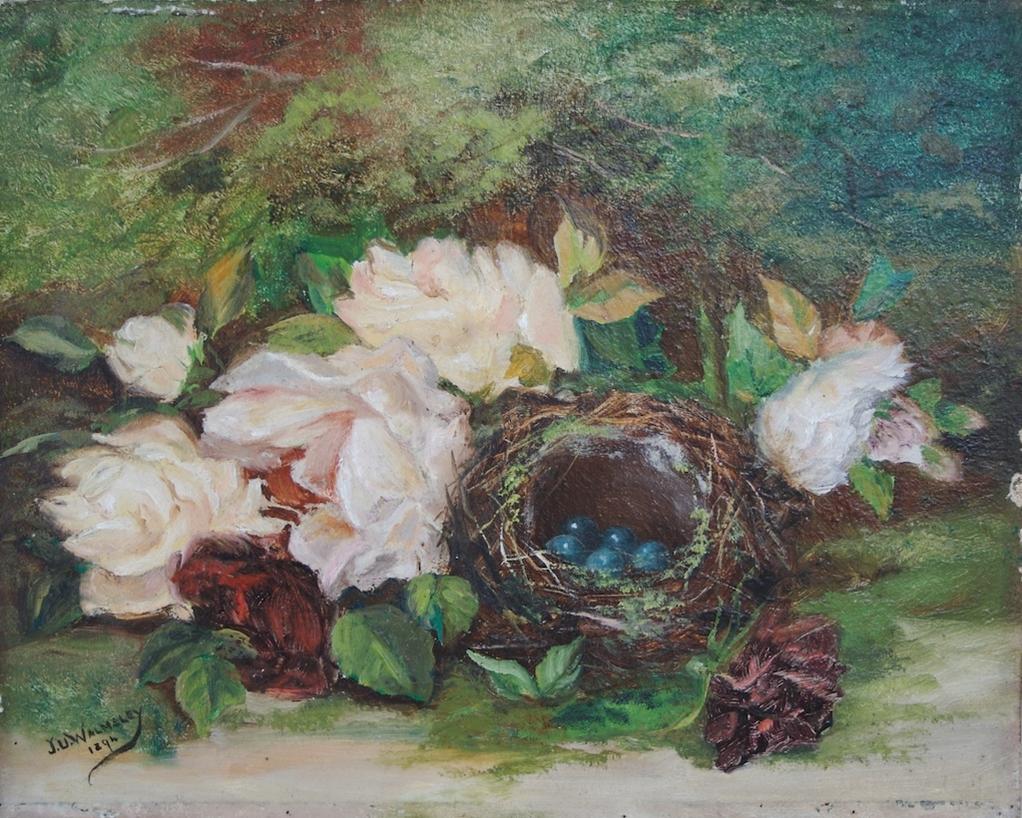
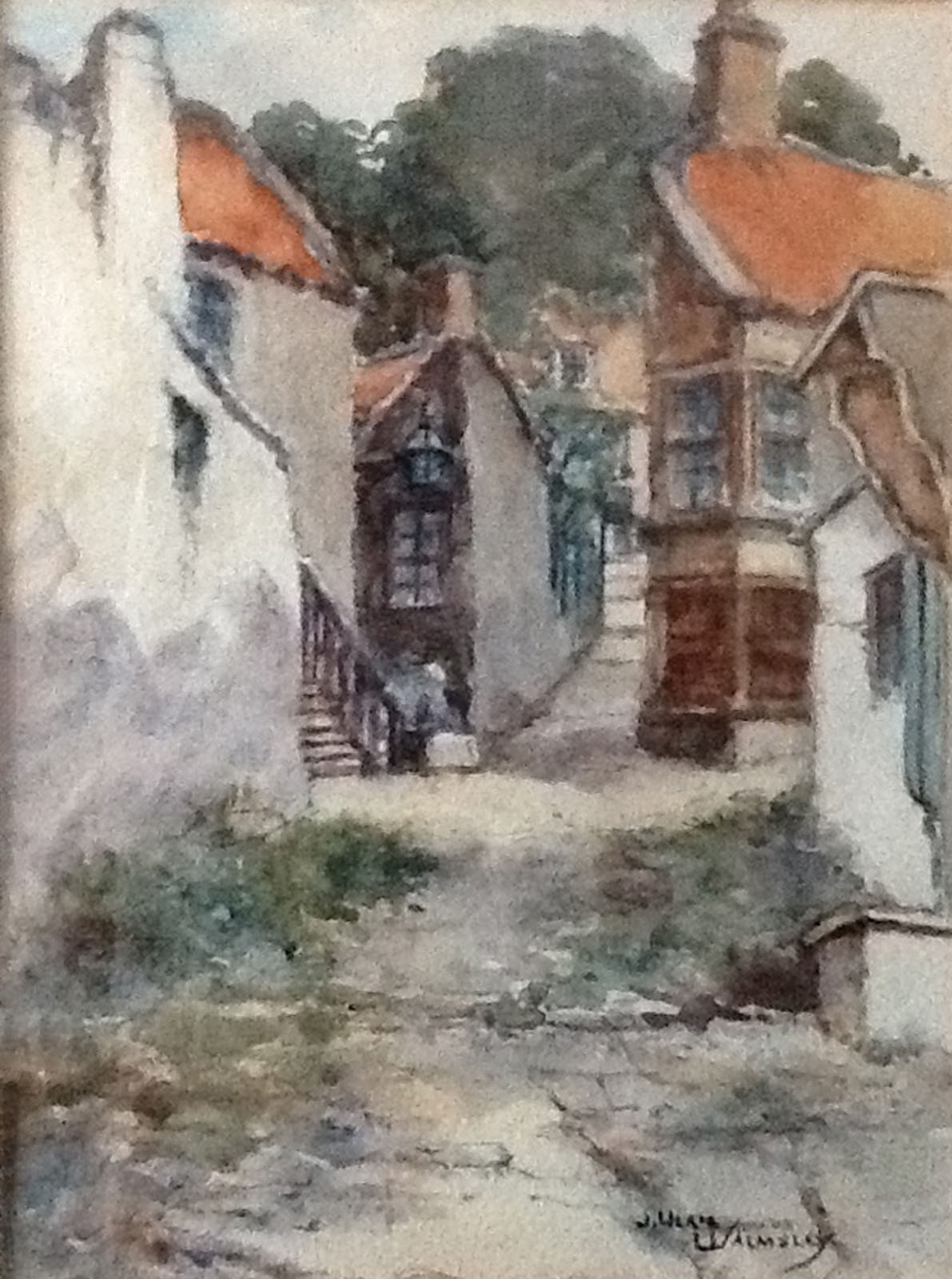
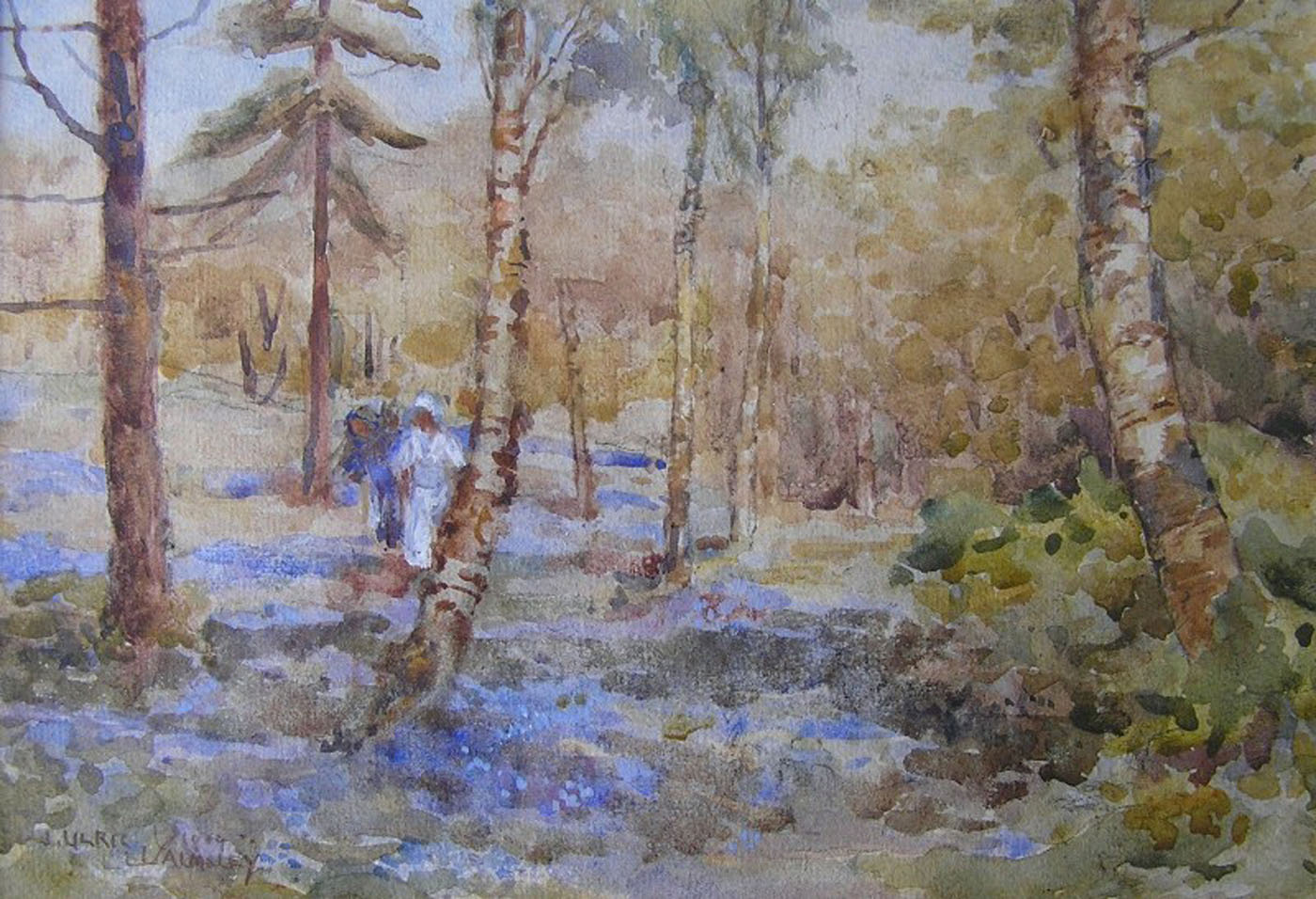
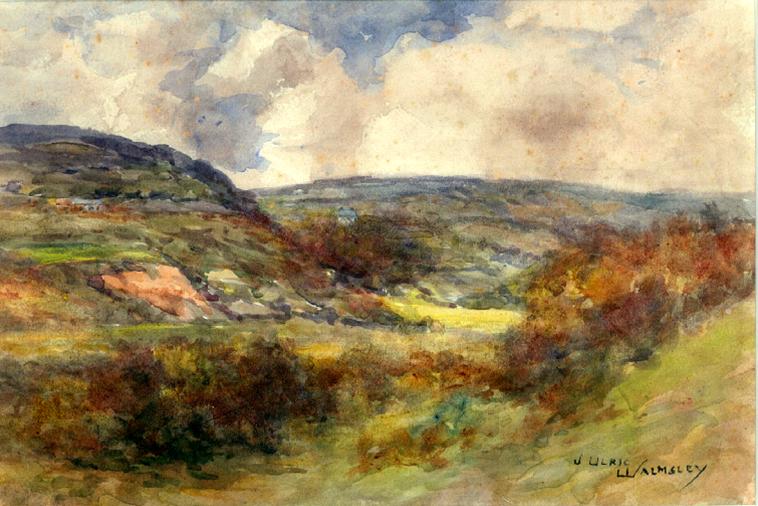
ULRIC was a gifted artist, both technically and stylistically, and yet his reputation does not extend very far beyond the borders of the old North Riding. In his early days he studied under Stanhope Forbes and he was a founder member of the Fylingdales Group but he never achieved the same acclaim as friends and contemporaries like Ethel Walker. He had to wait a long time before one of his paintings was displayed at the Royal Academy, although his work regularly featured in exhibitions at the prestigious Walker Art Gallery in Liverpool. Today few of his paintings are held in public collections. 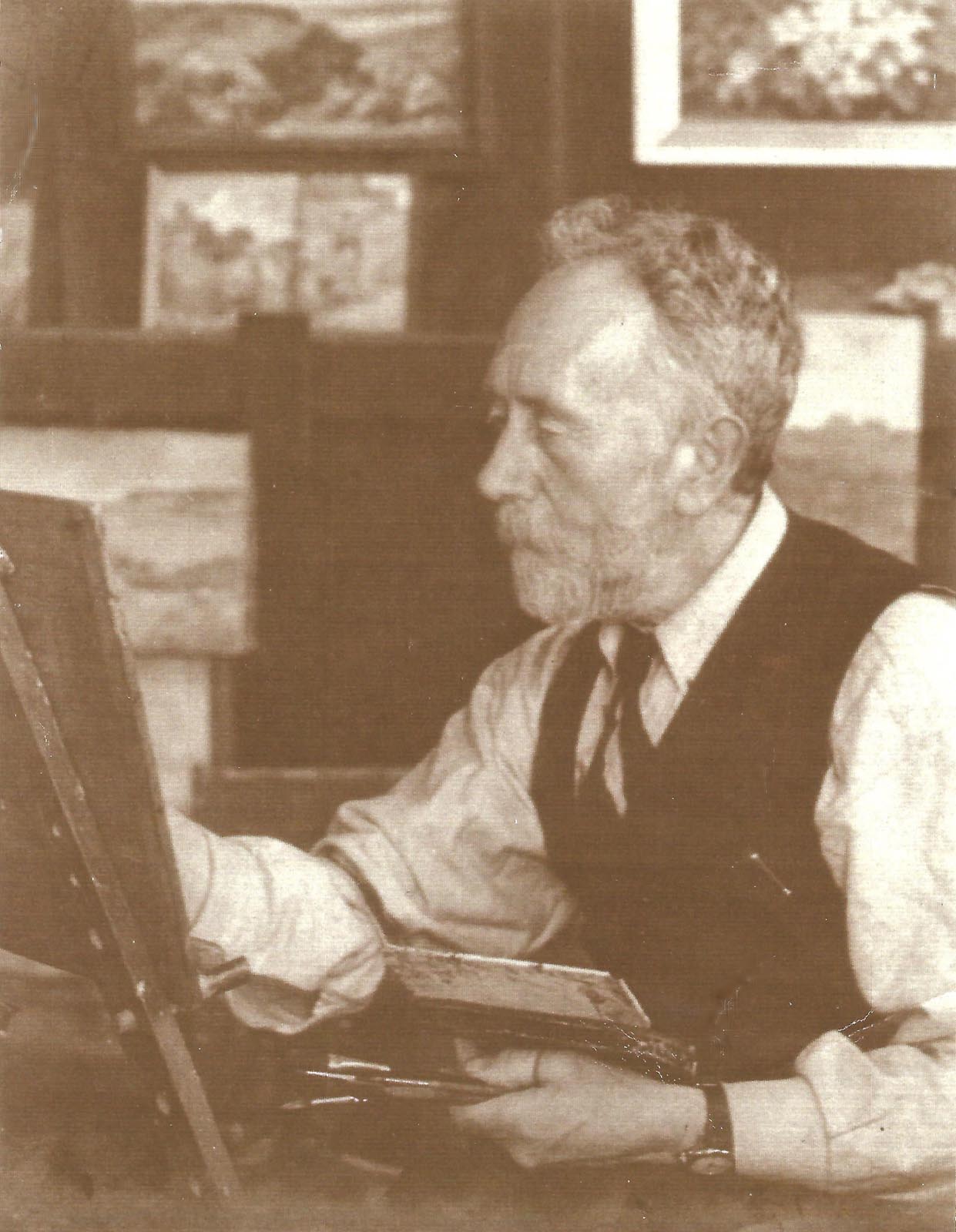
The answer to this artistic conundrum probably lies in Ulric's personal circumstances. His
family was impoverished and broken up by the bankruptcy and ensuing social disgrace of his
father William. Somehow he managed to develop his artistic ability but, with a wife and
growing family to feed, he never had the financial breathing space in which to paint more
than the occasional work for exhibition or the art-buying world. When he was painting on
commission he could apply all of his artistic energy to the task but what he could not afford
to do was invest in major enterprises where there was no immediate prospect of a sale and
ignore local opportunities for deriving a modest income as the village's only photographer and
from dashing off less ambitious paintings that tourists would readily buy from his shop.
These middle-class holidaymakers, a world away from the high society of metropolitan galleries
and art patrons, ensured a regular trade in what the family knew - all too literally - as
"potboilers".
For those who appreciated Ulric's evocative rendering of everyday life in Robin Hood's Bay but could not afford an original painting there was always the possibility of buying a modestly priced etching or one of his colourful picture postcards. At least 38 of these, based on original watercolours, were published. They sold in huge numbers and the royalties provided Ulric with an irregular but significant source of income. Most of those that have come down to us were collected as souvenirs and never posted. The paintings displayed in the following pages show all facets of Ulric's long career. There are elaborate oil paintings that speak of painstaking effort. Equally, there are fine watercolours that were clearly never intended for the passing trade. And, of course, there are many examples of "potboilers" that, for all their simplicity, exude charm and do much more than just provide the tourist with a memento of the buildings and scenery in and around Robin Hood's Bay. |
|
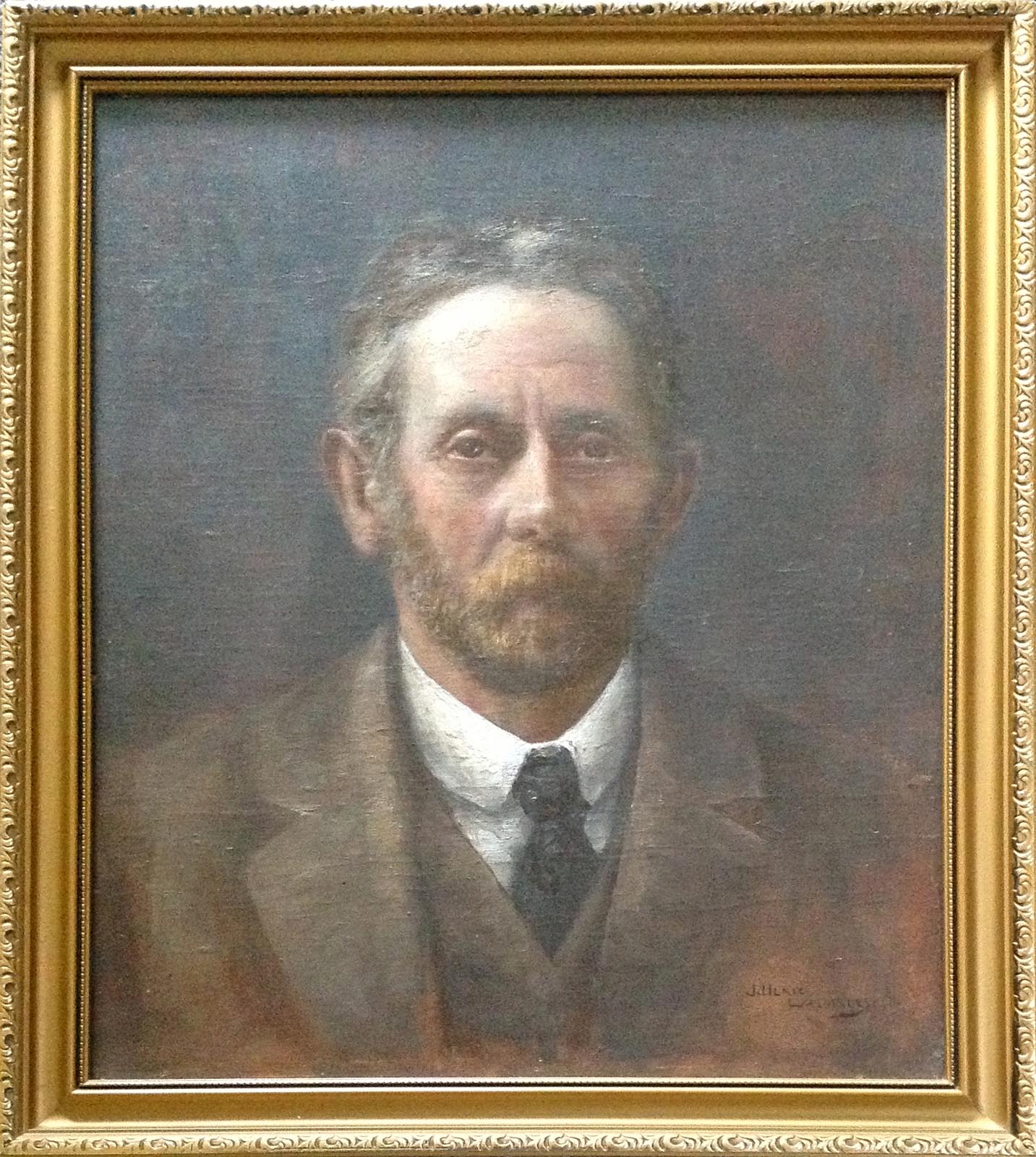
Self-portrait (Oil on canvas, 46 x 36 cm) Cat no 167 Notes: The signature suggests that Ulric painted this self-portrait in his mid to late fifties. Dating Ulric's paintings
Following on from Robin Lidster's pioneering work some years ago, we have been able to use data
in the Catalogue to assign approximate date ranges to the most common versions of Ulric's signature.
Given a painting career of many decades, Ulric's signatures are remarkably consistent and well shaped.
(A number of untypical - possibly experimental - signatures are also known but there is absolutely no
reason to doubt their authenticity.)
Dated examples from before 1899 are rare and varied but all use Latin block capitals. The form is either "J U WALMSLEY" or simply the initials "J U W". (In only one case is "ULRIC" spelled out in full.) Identifying undated paintings from Ulric's early years and assigning an approximate date to them is challenging! From about 1899 Ulric started using the first of his three well-known trademark signatures and, with just a small number of exceptions, applied it consistently until 1908. It was written with the straightness of a draughtsman. As before, it was in Latin capitals but they were more stylised and the "W" in particular almost invariably ended with a pronounced flourish. 
From 1908 to 1914, Ulric applied a totally new, individualistic signature. Latin capitals were replaced by highly stylised initial capital letters and lowercase cursive characters. Several variants of the "W" are known. 

From 1913 onwards we see the last of the trademark signatures - a reversion to Latin block capitals but retaining the highly distinctive "W", best described as a capital "E" on its side. This signature continued until the end of Ulric's life, though - rather unhelpfully - he virtually stopped dating pictures after 1919. In many (but not all) of the later paintings the signature is seen to drift upwards. 

In his last years Ulric clearly felt no need for a consistent signature and some frailty of hand is also evident. In addition to his regular signature he used variants of earlier signaures and even a monogram similar to one he had applied to architectural drawings in his youth. |
Ulric's career
Ulric's life naturally divides in two - the period up to 1889, when just short of his 30th birthday he made the life-changing decision to turn his back on his Liverpool origins, and then the long years spent in Robin Hood's Bay after a relatively short sojourn in Shipley. The first period is poorly documented (Leo's semi-autobiographical Foreigners is an unreliable source) and full of unanswered questions. Where was he educated? What career was he intended for? Where did he receive his artistic training? What subjects was he painting and, above all, what became of his paintings? No dated picture is known from this period and we are aware of only a few undated pictures that may be early works, including the portrait of Ulric's wife Jeannie shown below and a watercolour sketch of the River Taff (see page 11). From the catalogue of a Liverpool exhibition we do also know that in 1884 Ulric displayed oil paintings entitled "On the River Taff" and "Meadow Scene - Dutton".
The first three dated paintings are all from 1894 (see pages 1 and 9). At this time Ulric was probably still living in Shipley. Other works from the period 1889 to 1904 (when the first postcards were produced) are scarce but they do include the famous portrait "Grannie" (see page 12). The vast majority of the 200 or so surviving works for which we have records are later than 1900 and these represent a tiny fraction of the 50-60 paintings Ulric produced in a good year. Oil paintings account for about a quarter of known works: these have probably survived better than many watercolours sold to holidaymakers. Unsurprisingly in view of his long residence there, much of Ulric's output depicts scenes in or around Robin Hood's Bay (essentially within an arc from Whitby in the north, through Fylingthorpe and down to Ravenscar in the south). However, there are also many portraits (mainly of local worthies), still-life compositions and landscapes from further afield. Within this last category are a significant number of scenes in Cornwall from about the time Leo was living there. 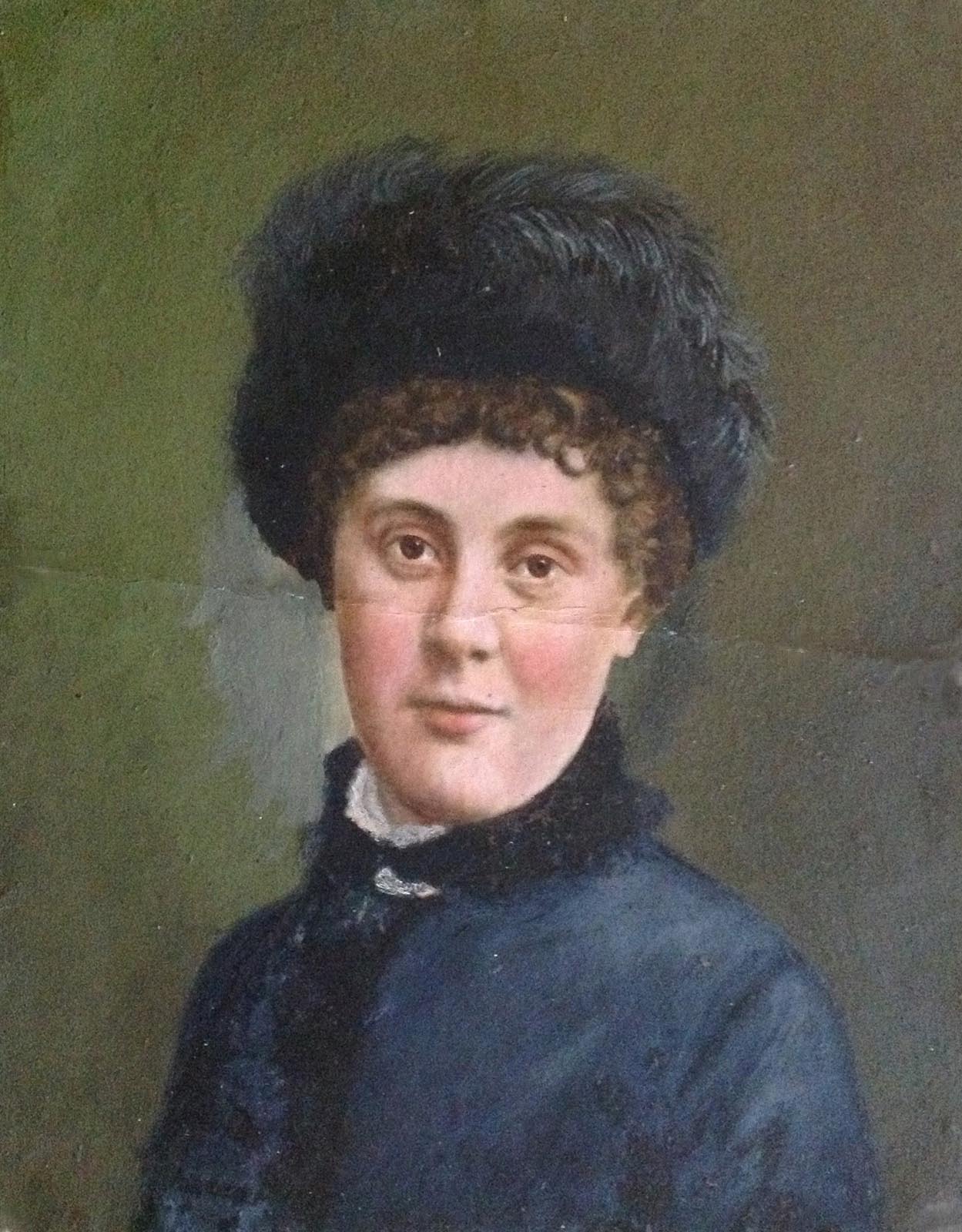
Portrait of Ulric's wife Jeannie (Oil on photograph, unsigned, 29 x 24 cm) Cat no 012 Notes: The photographic enlargement underlying this painting was probably made in Liverpool in the mid 1880s. It will have been a very expensive item and this supports the family tradition that Jeannie was working in a photographer's studio when she met Ulric. |
|
| |
|
Copyright © 2025 The Walmsley Society | All Rights Reserved
|
